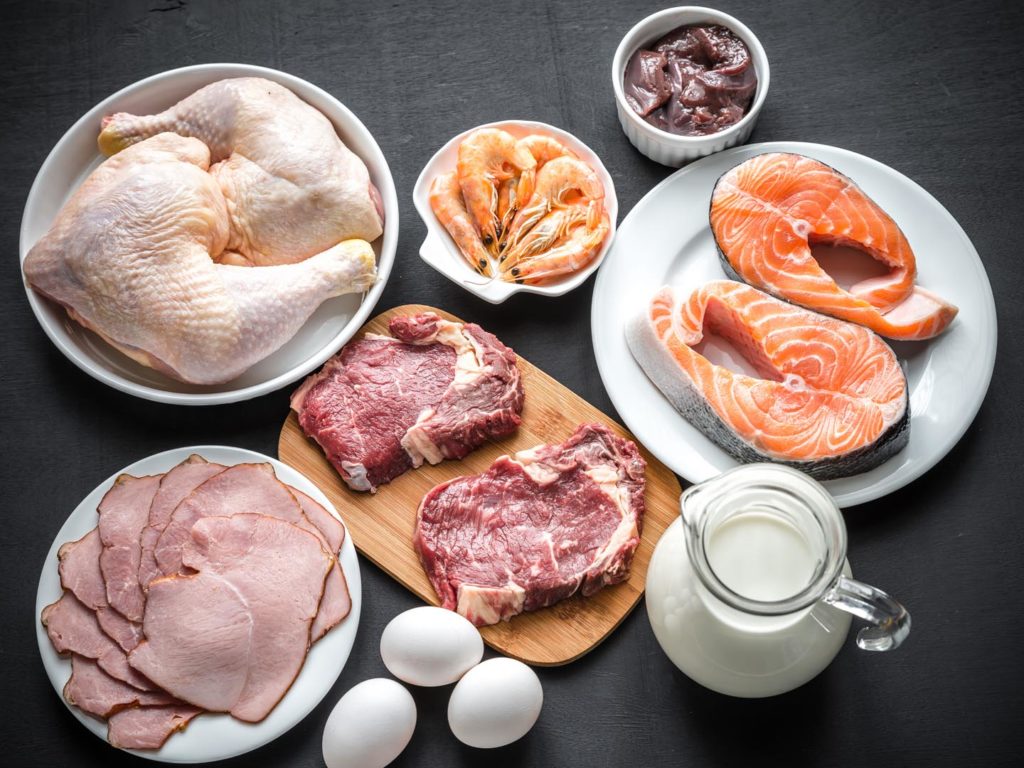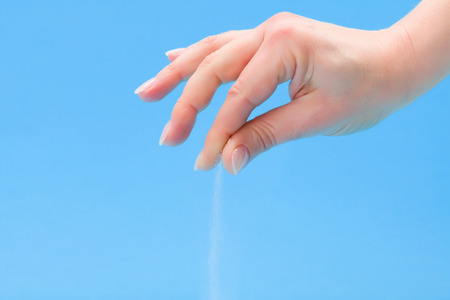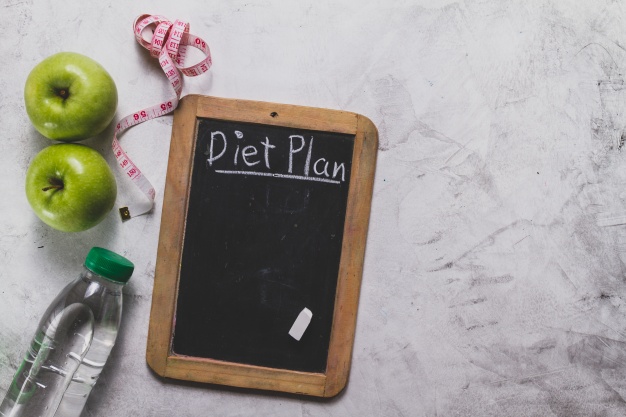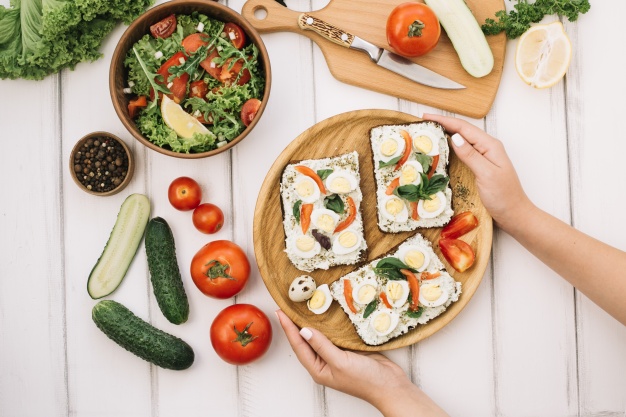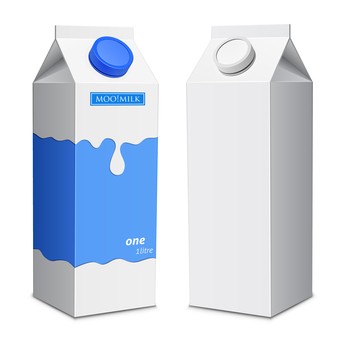
Did you know that boiling and re-boiling milk on a high flame for an extended period of time affects its nutritional content, particularly the proteins and B group (B1, B2, B12) of vitamins? These vitamins evaporate as heat increases. A lot of people are unaware of the fact that consumption of fresh milk is always advisable, and just one boil is enough to retain the nutrients of milk. A recent survey conducted by Research Pacific India reveals that 60 per cent mothers are unaware about the nutrition loss in milk due to boiling. Even after the first boil, they continue boiling it for about seven minutes. If you’re buying milk from the milkman, the ideal way to consume it is to heat it at 100 degrees Celsius for less than 8 to 10 minutes.
Another great solution is to opt for tetra paks. With rampant adulteration and microbial contamination of milk causing varied health risks, the use of aseptic packaging is a boon for the white revolution. Using either UHT (ultra high temperatures) or HTST (high temperature short time), the milk is heated on a prescribed high temperature for only a few seconds and then cooled down and immediate ly aseptically packed in tetra paks. This not only prevents entry of any microbes but also helps retain the nutritional strength of the packaged product. Once you open the tetra pak, refrigerate it and consume the milk within two to five days.Apart from being environmentally friendly, aseptic packaging increases the shelf life of the product, eases its transportation and also prevents adulteration of any sort.There are many myths surrounding tetra paks. We bust a few elementary ones:
MYTH #1
Tetra pak milk and dairy products have added preservatives: The use of high heat (75 degrees Celsius for 15-20 sec or 138 degrees Celsius for 23 seconds) helps remove all micro-organisms from the milk including bacterial spores. This process, followed by packaging, is conducted in a sterile con dition. The packing technique further helps prevent spoilage of the milk. All this together aids preservation and hence no additional preservatives are added.
MYTH #2
Tetra pak products are not nutritious: Heating on a high temperature for a very short time prevents the loss of most nutrients something that occurs in the conventional method of boiling. Many homemakers repeatedly boil milk for long durations to ensure that all microbes are de stroyed but in doing so, there is in turn a loss of all wa ter-soluble vitamins. This is the reason why aseptically packaged milk and milk products have better nutritive val ue than other forms of bottled milk.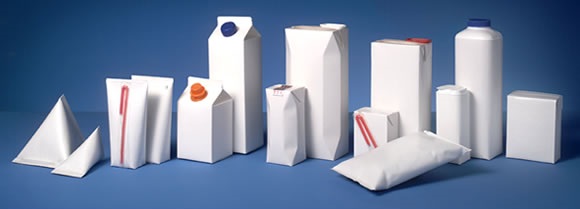
MYTH #3
Tetra pak milk needs boiling: Boiling of tetra pak milk is an unnecessary step that causes loss of many B complex vi tamins plus leads to wastage of time and resources. The aseptic packaging involves transferring the UHT treated milk into pre-sterilised packages in a sterile environment, thus there is no risk of contamination and therefore no need to boil the milk before use. You can have it directly or warm it slightly to have it as a hot beverage.
MYTH #4
Tetra pak is not suitable for children: With hygienic packaging of unparalleled quality, tetra pak milk is extremely safe for a child’s growth and development. Easy usability, convenient portability, and better nutrient strength all these factors make it a preferred choice for kids.
The Food Safety Standards Authority of India (FSSAI) has confirmed that 70 per cent of the milk available in the country is adulterated with detergent, glucose and skim milk powder. Hence, though we consume milk for its protein and calcium which may be retained post boiling too, tetra pak is an ideal option for packaged milk as it eliminates the chances of adulteration due to its absolutely hygienic process ing and packaging methods.



